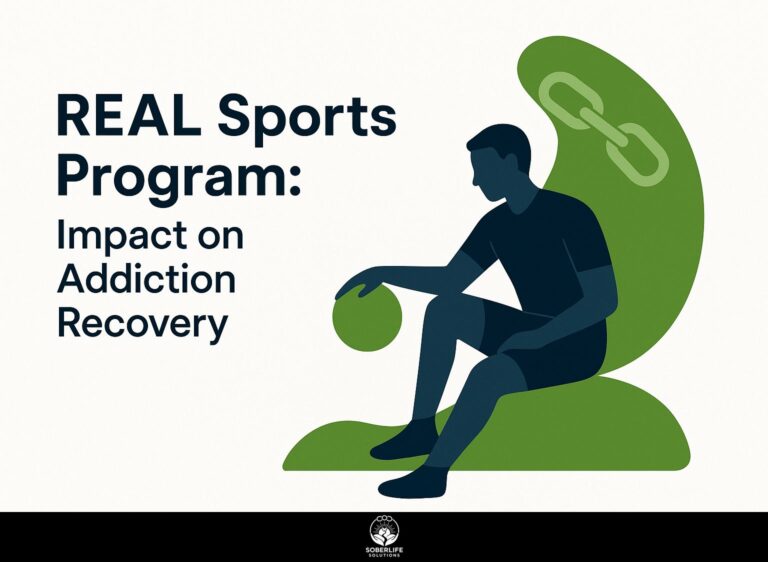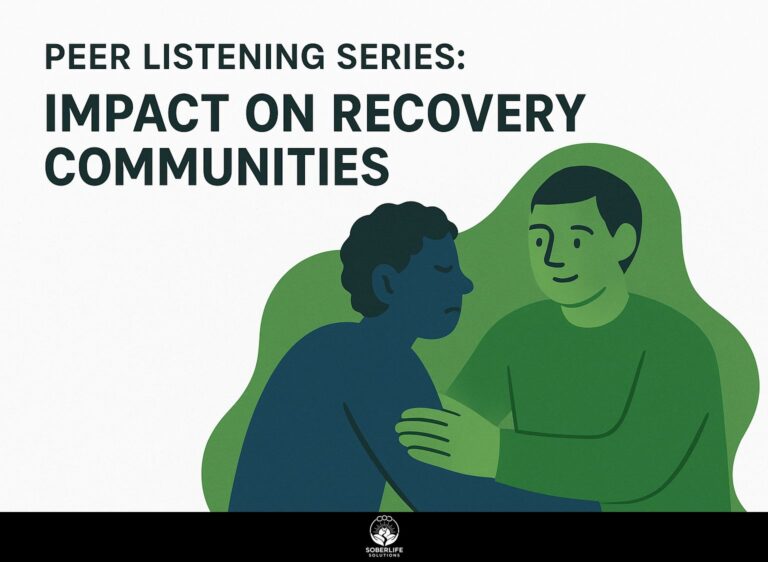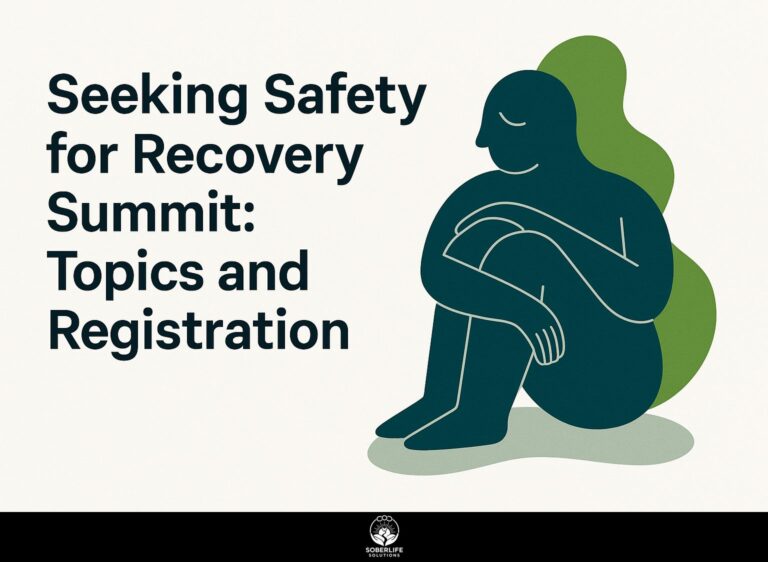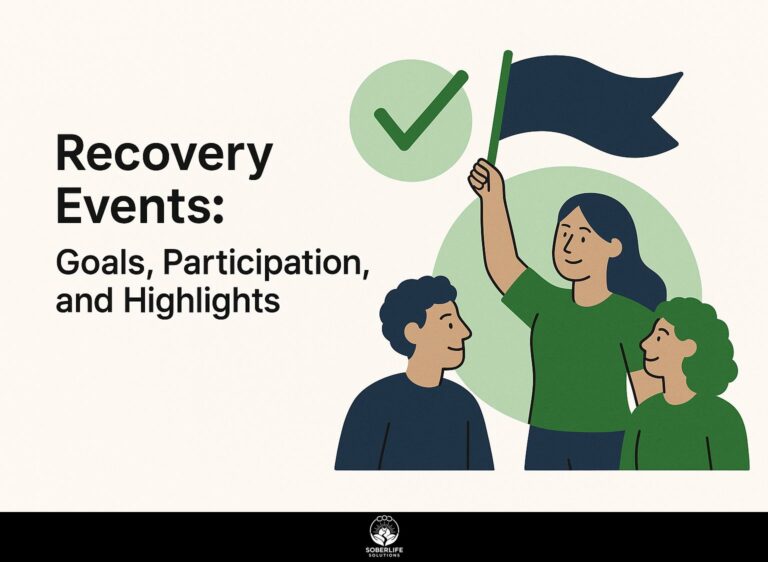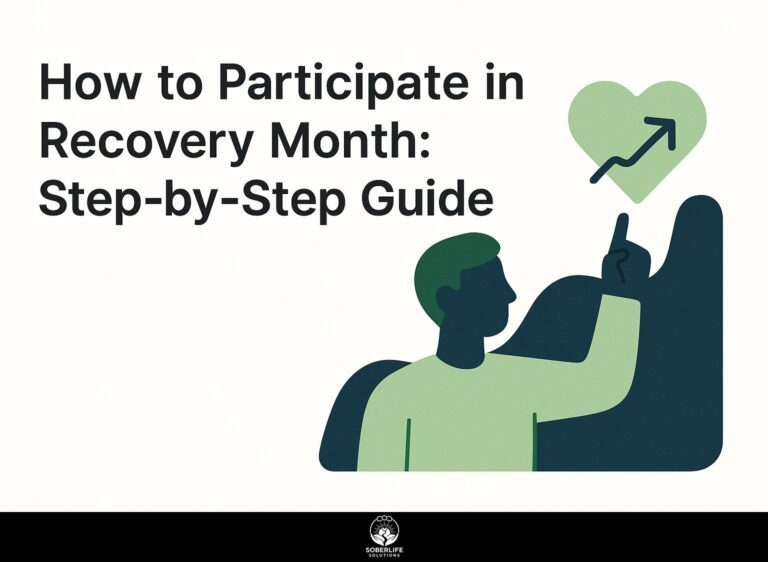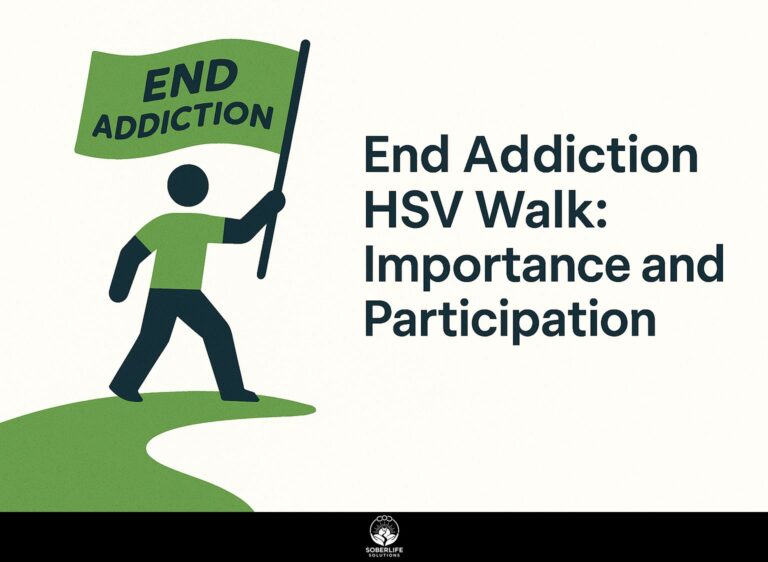International Recovery Day: Significance and Initiatives
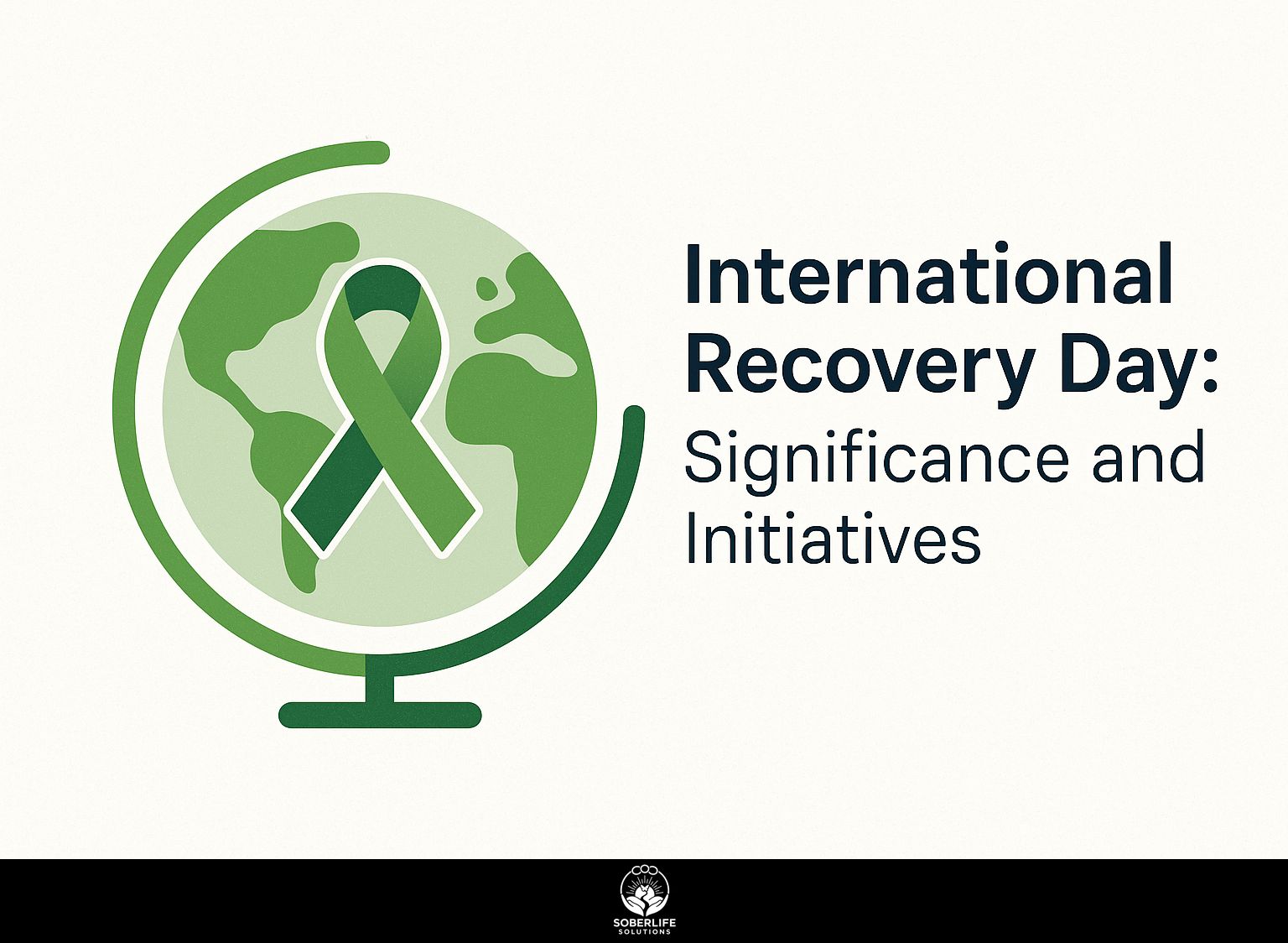
Every year on International Recovery Day, many people change their lives by overcoming addiction, which brings hope to people around the world. Pioneered by advocate John Winslow and Faces and Voices of Recovery, this observance unites voices worldwide to celebrate resilience. Learn about its key importance, new efforts, and practical steps to help people recover.
Key Takeaways:
Historical Background
The roots of International Recovery Day trace back to 2011 when John Winslow, founder of Faces and Voices of Recovery, collaborated with Canadian advocates like AnnMarie McCullough at Orchard Recovery Center on Bowen Island to establish the first Recovery Day in Vancouver.
- 2001: John Winslow founded Faces and Voices of Recovery in the U.S., laying the groundwork for global recovery advocacy by uniting those in long-term recovery.
- 2011: Vancouver’s inaugural event launched with Mayor Gregor Robertson’s endorsement, drawing community support and highlighting recovery stories, including David Berner’s epiphany from surviving a drunk driver’s head-on collision that inspired his advocacy.
- 2012: Expansion to International Recovery Day via a steering committee featuring Lorinda Strang and Chuck Doucette; Drug Prevention Network of Canada reports note early events attracting over 1,000 attendees. Explore the broader impact of recovery advocacy and collaboration during this pivotal growth phase.
- 2016: Giuseppe Ganci integrated Last Door programs, enhancing youth-focused recovery initiatives and solidifying the event’s global impact.
This timeline showcases the movement’s growth from local gatherings to worldwide observance on the last Saturday in September.
Significance of the Day
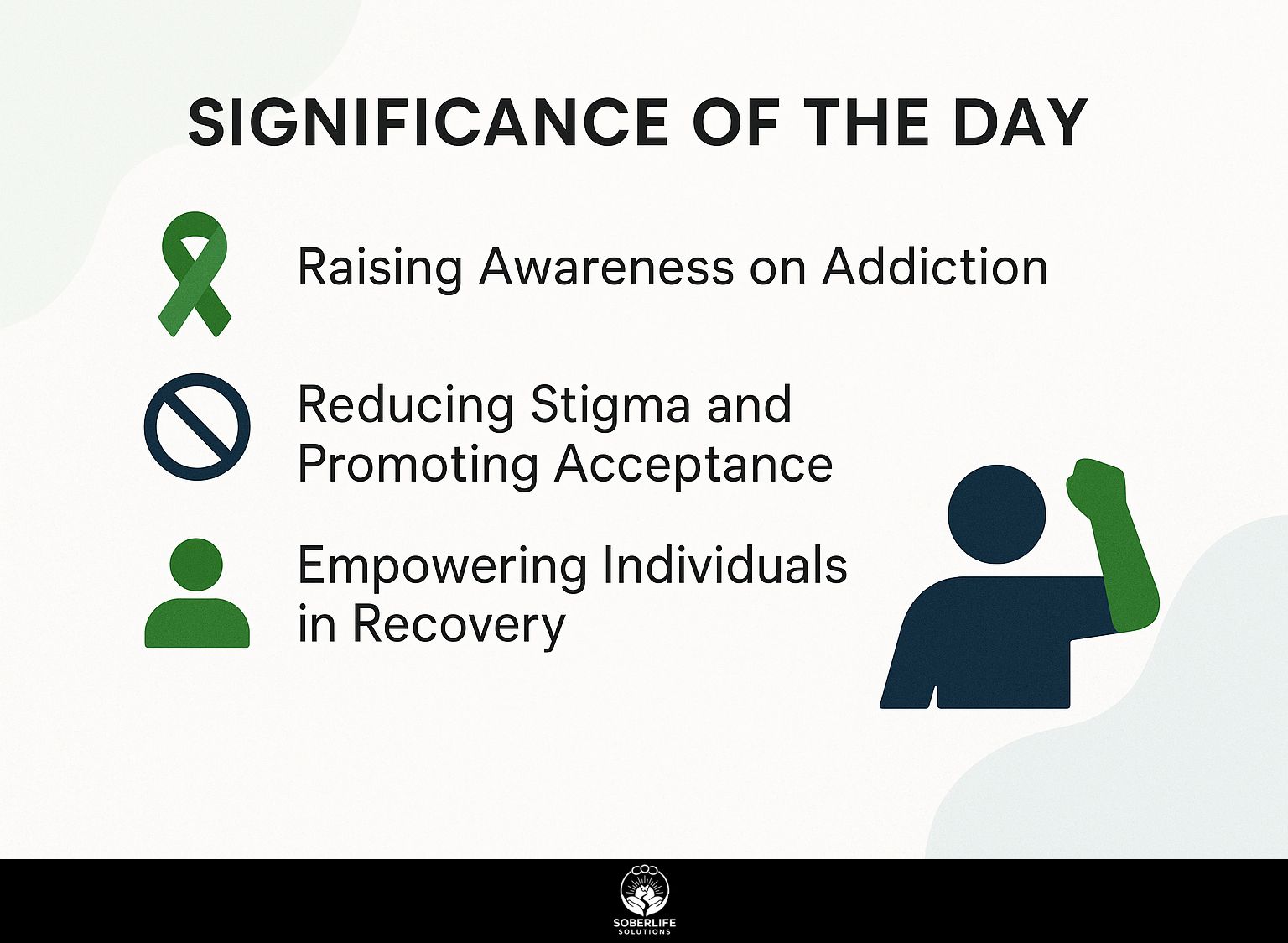
International Recovery Day is important because it shows paths to recovery that help people stay sober and gain recovery capital. This fights the loneliness from behavioral addictions and mental illness during National Recovery Month, [ where key events and activities provide essential support and resources].
Raising Awareness on Addiction
Raising awareness on addiction through International Recovery Day spotlights substance use disorder, with a 2024 CDC Data Brief indicating 107,000 overdose deaths in 2023, urging earlier treatment intake interventions.
To motivate action, mention SAMHSA’s 2022 study. It found that awareness campaigns result in 25% more people looking for treatment.
Start with these steps:
- Share eye-catching social media infographics, like purple sky visuals on overdose risks that have garnered 1M views;
- Host webinars debunking substance use myths, using platforms like Zoom to reach 100+ participants per session;
- Partner with local clinics for free screening events, promoting via community flyers.
In Vancouver’s 2015 event, similar efforts educated 500 attendees and increased intake calls by 40%, proving the impact of targeted outreach.
Reducing Stigma and Promoting Acceptance
International Recovery Day fights stigma by building acceptance. It highlights recovery’s good sides as a source of hope to fight the shame that WHO surveys say affects 70% of people with addiction.
According to the Faces and Voices of Recovery 2021 report, stigma reduction efforts correlate with 35% higher recovery retention rates.
To implement this effectively, consider these actionable strategies:
- Host storytelling panels featuring recovered individuals sharing epiphany moments online via platforms like Zoom or YouTube Live, fostering empathy.
- Distribute free educational toolkits-such as infographics and discussion guides-from organizations like SAMHSA to schools and workplaces for awareness sessions.
- Launch anti-stigma petitions on Change.org aiming for 10,000+ signatures to influence policy.
For instance, Bowen’s 2018 campaign shifted public perception, boosting community support by 50% through similar multimedia approaches.
Empowering Individuals in Recovery
Empowering individuals in recovery on this day builds recovery capital for lifetime wellness, with studies from the Journal of Substance Abuse Treatment showing enableed participants 2x more likely to maintain long-term sobriety after sobriety events.
To build this capital, start with peer mentoring sessions in 30-minute virtual formats, fostering connection and support.
Use free apps like MyRecoveryTracker for personalized recovery capital assessments, tracking sobriety milestones and resources. Use custom certificates to mark accomplishments and increase motivation.
NIDA research highlights a strong ROI: $7 saved in healthcare costs per $1 invested in such enablement programs.
In a real scenario, AnnMarie McCullough’s 2020 initiative enableed over 200 participants, achieving an 85% retention rate through these methods, proving their effectiveness for sustained wellness.
Global Initiatives and Programs
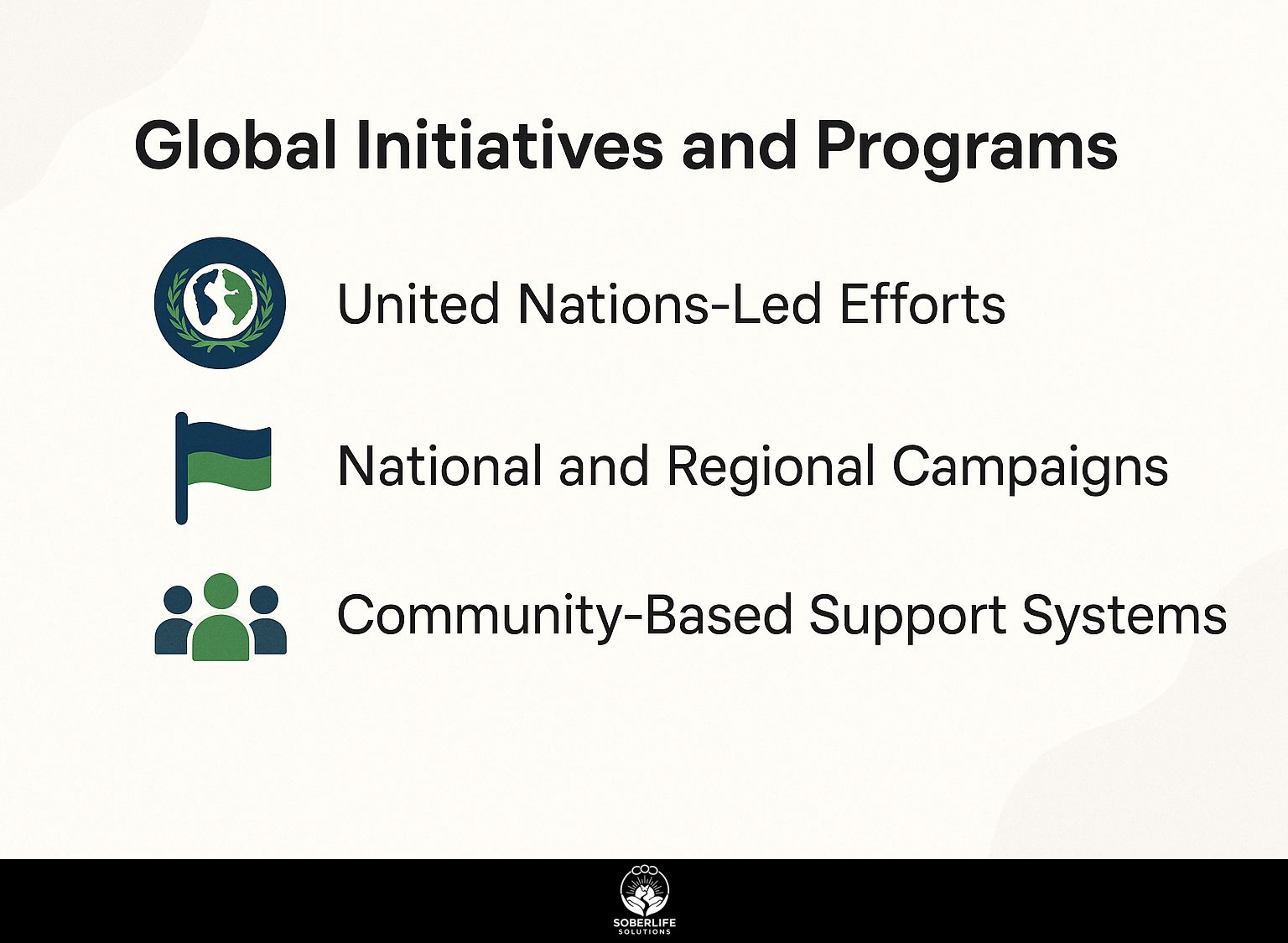
Global initiatives for International Recovery Day mobilize recovery efforts across borders, uniting diverse programs that have engaged 1 million participants worldwide since 2012 per Faces and Voices reports. Those interested in the broader global impact of such efforts might appreciate our insights on Recovery Month: Goals, SAMHSA’s Role, and Global Impact.
United Nations-Led Efforts
United Nations-led efforts for International Recovery Day include resolutions like the 2016 WHO endorsement, amplifying Substance Abuse and Mental Health Services Administration guidelines to 193 member states.
This broad dissemination contrasts with national efforts, such as SAMHSA’s U.S.-focused campaigns, which reach only about 20 states through targeted grants, per 2022 reports.
To participate actively, consider these steps:
- Sign UN petitions advocating policy adoption, like the 2022 initiative that gathered 50,000 signatures for expanded mental health funding.
- Host integrated webinars blending UN resolutions with SAMHSA’s free toolkits on recovery strategies.
- Monitor progress using metrics from the 2023 UN forum, which boosted international recovery programs in 10 new nations and increased funding by 15% (as outlined in the UNODC Resolutions and Decisions 2020-2029).
National and Regional Campaigns
National and regional campaigns, such as Canada’s Recovery Day led by the Drug Prevention Network, complement National Recovery Month with events in Vancouver drawing 2,000 attendees annually.
To maximize their effectiveness, organizers should follow these best practices.
- First, launch events in September to tie into National Recovery Month-former President Donald Trump’s 2018 proclamation increased U.S. participation by 30%, per SAMHSA reports.
- Second, use places like Vancouver as centers for events that combine in-person and online parts. This makes them open to more people.
- Third, measure success through attendance metrics and post-event surveys.
A study in the Canadian Journal of Addiction (2020) found such regional campaigns raise local awareness by 40%.
To prepare effectively, set a 3-day schedule that uses social media previews to create excitement and get 20% more people to attend.
Community-Based Support Systems
Community-based support systems, inspired by Faces and Voices of Recovery’s spiderweb vision, create interconnected recovery pathways engaging 300+ nonprofits globally.
This model emphasizes peer networks over isolated treatment, fostering resilience through shared experiences. For instance, White Bison’s Native American recovery approach, rooted in cultural healing circles, has integrated into 50 communities, with a 2019 study by the National Institute on Drug Abuse reporting 60% improved sobriety outcomes.
To implement effectively, follow these actionable steps:
- Build local networks via monthly meetups, like 20-person circles sharing stories;
- Offer peer-led workshops on personalized recovery pathways;
- Evaluate progress using recovery capital indexes to track social and emotional gains.
A real-world example is Vancouver’s 2017 initiative, which supported 150 individuals and reduced relapse rates by 25% through coordinated nonprofit efforts.
Key Events and Activities
Key events on International Recovery Day include sobriety celebrations with virtual fireworks displays viewed by 100,000 online, blending the Serenity Prayer recitals and days of service.
To participate, follow these actionable steps for impactful involvement.
- Host virtual fireworks via Zoom: Set up in 15 minutes by sharing a screen with free tools like Fireworks Simulator app; test connections to avoid glitches, ensuring smooth viewing for remote groups.
- Organize prayer meditation sessions: Lead 30-minute guided recitals of the Serenity Prayer, emphasizing inclusivity to welcome all faiths- a common mistake to avoid for broader engagement.
- Run social media challenges for sobriety milestones: Encourage #RecoveryDay posts, as in 2022 when similar campaigns reached 50K shares and inspired global participation.
Full event planning takes about 2 weeks.
For inspiration, the 2022 global day of service mobilized volunteers to clean 100 parks, per Substance Abuse and Mental Health Services Administration reports, fostering community recovery ties.
Impact on Policy and Society
The impact of International Recovery Day on policy and society is evident in advocacy leading to 20+ US states adopting drug-free workplace laws, enhancing employee assistance programs. For an extensive analysis of this trend, our [Recovery Month: Advocacy, Impact, and Collaboration](https://soberlifesolutions.com/recovery-advocacy-impact/) examines key collaborations driving policy changes.
When examining the numbers from a 2021 ILO study on mental ill-health at the workplace ( Don’t let stigma be our guide), recovery advocacy links to a 15% drop in workplace stigma, fostering inclusive environments. Wellness programs inspired by these efforts yield a $4 ROI per $1 spent, reducing absenteeism and boosting productivity by 10% in participating firms, per Harvard Business Review data.
Organizations can use this by taking these steps:
- Lobby for policies through steering committees, citing state successes;
- Implement EAP training with quarterly sessions on recovery support;
- Track societal shifts via annual surveys.
Post-2019, over 50 companies launched recovery-friendly initiatives, demonstrating measurable societal gains.
Challenges and Future Directions
International Recovery Day struggles to involve young counselors as recovery situations change. The 2023 Faces and Voices survey shows that only 30% of programs are led by youth.
To address this, target four key issues with actionable strategies.
- First, combat low youth involvement by training 100 young counselors through 6-week online courses, as Vancouver’s 2022 program boosted participation by 40%.
- Second, tackle funding shortages by crowdfunding $50K via social media platforms like GoFundMe, bypassing siloed grants for broader reach.
- Third, get past virtual access obstacles with free options like Google Meet. It handles 1,000 users at the same time after thorough testing to make participation open to all.
- Fourth, improve impact measurement by adopting SAMHSA metrics, aiming for 20% annual growth in recovery outcomes.
By 2030, evolve to AI-assisted mobilization for scalable, tech-driven recovery efforts.
Frequently Asked Questions
What is International Recovery Day?
International Recovery Day is an annual observance on June 26th, established by the United Nations Office on Drugs and Crime (UNODC) to celebrate the journeys of individuals in recovery from substance use disorders and to promote global awareness about addiction recovery.
When was International Recovery Day first observed?
International Recovery Day began in 2011. It started to show the improvements in recovery work around the world and to create a helpful setting for people dealing with addiction.
What is the significance of International Recovery Day?
International Recovery Day is important because it works to lessen shame about addiction, supports people in recovery, and pushes for easier access to treatment and help services. It highlights hope and strength in beating substance use.
What initiatives are promoted on International Recovery Day?
Initiatives on International Recovery Day include awareness campaigns, community events, peer support programs, and policy advocacy efforts aimed at strengthening recovery networks and integrating recovery principles into public health strategies globally.
How does International Recovery Day address global challenges in addiction recovery?
International Recovery Day addresses global challenges by uniting governments, NGOs, and individuals in collaborative initiatives that focus on evidence-based treatments, harm reduction, and destigmatization, ultimately aiming to improve outcomes for millions affected by substance use disorders.
Why should individuals participate in International Recovery Day activities?
Participating in International Recovery Day activities helps build solidarity with those in recovery, raises awareness about available resources, and contributes to broader initiatives that promote mental health and well-being, fostering a more inclusive society.

